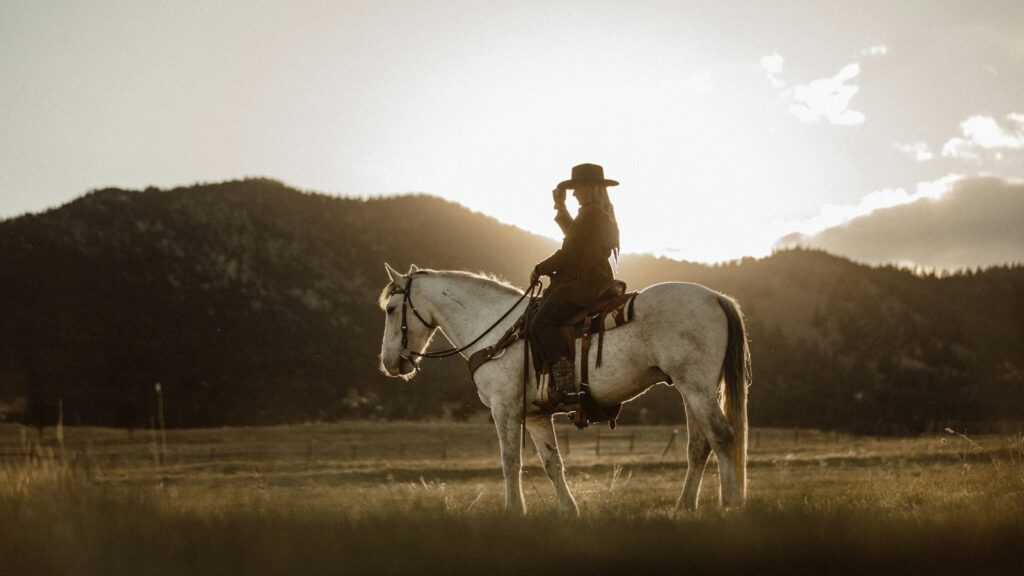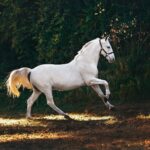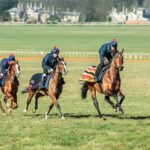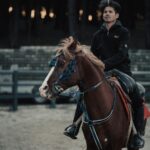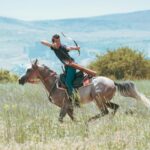The world of equestrian sports and horse riding has evolved dramatically since humans first domesticated horses around 4,000 BCE. From ancient cavalry charges to modern Olympic dressage, our relationship with these majestic animals continues to transform with technology, cultural shifts, and changing ethical standards. Today, we stand at a fascinating crossroads where tradition meets innovation, potentially redefining what “legendary” horse riding might look like in the coming decades. This exploration delves into emerging trends, technological breakthroughs, and philosophical reconsiderations that could shape the future of exceptional horsemanship and our enduring bond with these remarkable animals.
The Evolution of Virtual Reality in Equestrian Training
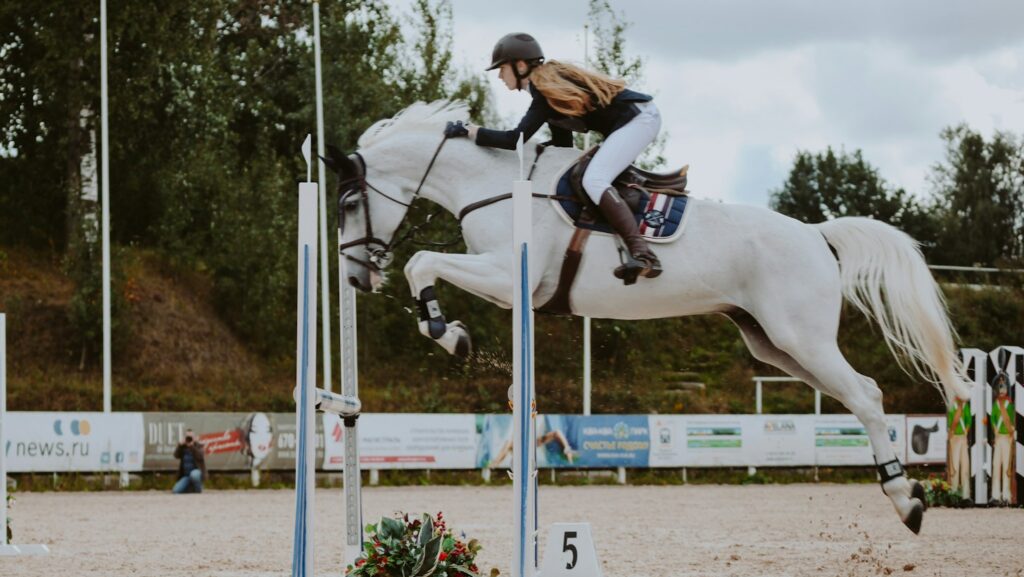
Virtual reality technology is revolutionizing how riders train and perfect their techniques without always mounting a real horse. Advanced VR systems now simulate the movement, weight distribution, and responses of horses with remarkable accuracy, allowing riders to practice complex maneuvers in a controlled environment. These technologies incorporate motion-capture data from championship horses and riders, creating experiences that closely mimic real-world riding scenarios. For professional trainers, these tools offer the advantage of analyzing rider position and corrections in real-time, with immediate feedback that wasn’t possible before. The potential for reducing training injuries while accelerating skill development suggests VR may become a standard component in developing tomorrow’s legendary riders.
Biometric Integration: Understanding the Horse-Rider Connection
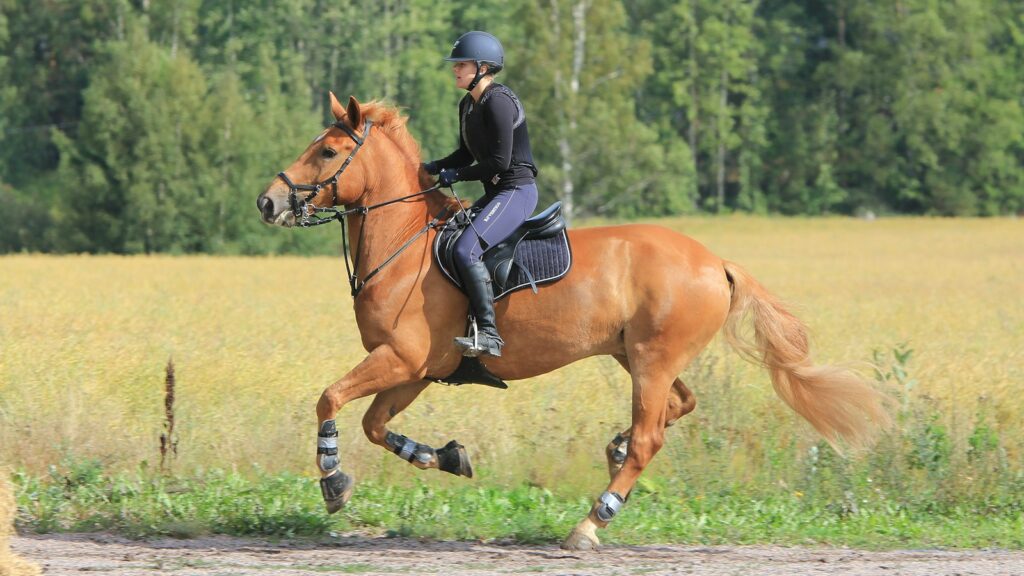
The future of exceptional horsemanship increasingly relies on sophisticated biometric monitoring systems that measure both horse and rider vital signs and performance metrics simultaneously. Wearable technologies embedded in saddles, reins, and riding apparel can now detect subtle changes in rider position, pressure distribution, and even emotional states through heart rate variability and galvanic skin response. These same systems monitor the horse’s physiological responses, creating a comprehensive data picture of the partnership that was previously accessible only through intuition and experience. Top-level trainers are already using this information to identify optimal riding techniques tailored to specific horse temperaments and physical capabilities. As these technologies become more sophisticated, we might see training regimens designed around specific neurological and physiological compatibility between particular horses and riders.
Genetic Advancements in Breeding Legendary Equines
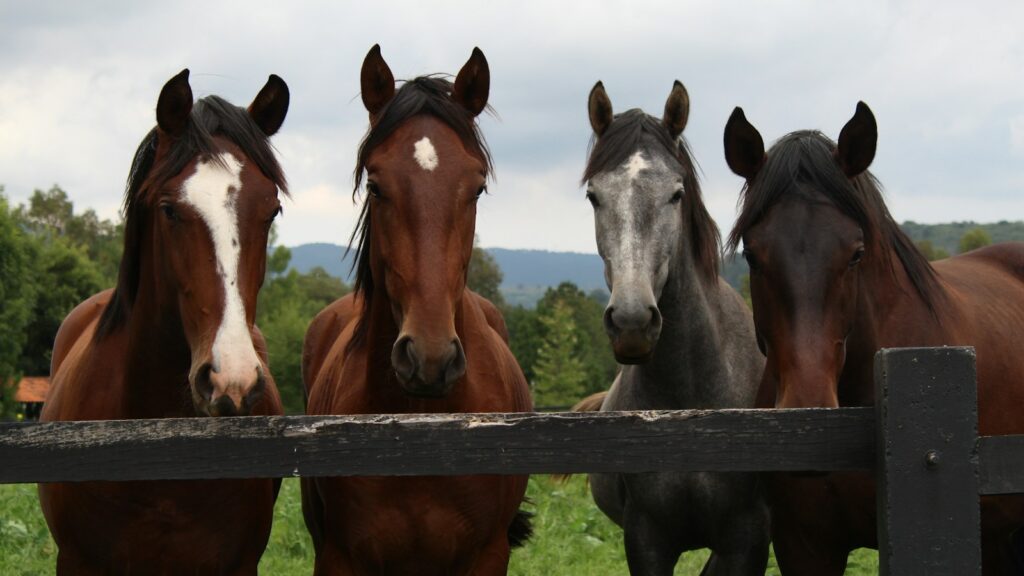
The application of genetic science to horse breeding represents perhaps the most profound shift in creating tomorrow’s legendary equines. Beyond traditional selective breeding, geneticists now map specific gene expressions related to endurance, speed, temperament, and even trainability, allowing for more predictable outcomes in breeding programs. Some elite breeding operations already employ embryo selection techniques that identify desirable genetic markers before implantation, essentially designing horses with specific performance characteristics. This technology raises significant ethical questions, particularly around where to draw the line between enhancement and the natural athletic abilities that have defined legendary horses throughout history. As genetic understanding advances, we may soon face the reality of horses bred specifically for previously impossible combinations of traits—perhaps creating entirely new equestrian disciplines tailored to these new capabilities.
Augmented Communication Systems Between Horse and Rider
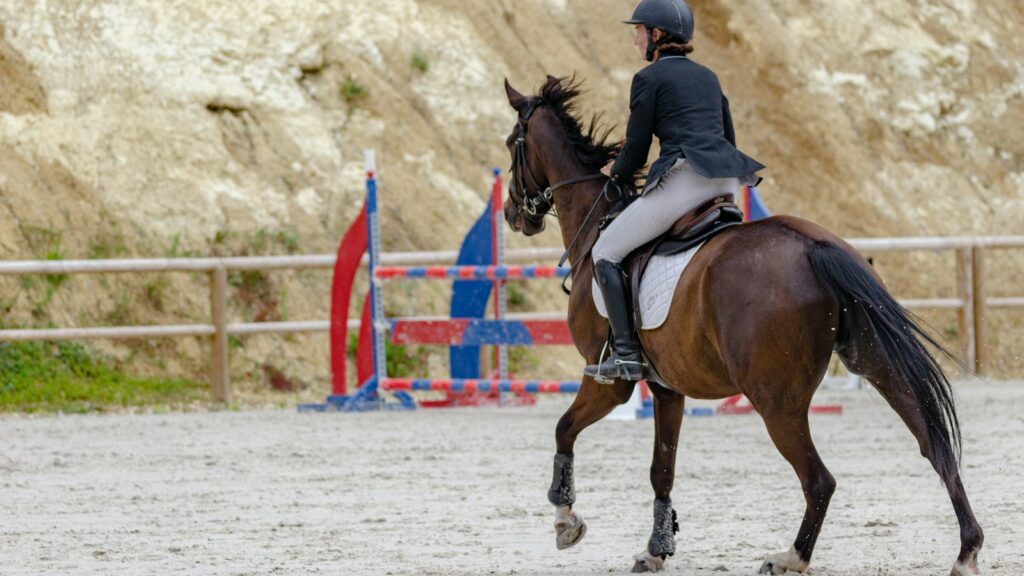
The subtle communication between horse and rider has always been a cornerstone of exceptional horsemanship, but emerging technologies are enhancing this connection in unprecedented ways. New augmented communication systems utilize lightweight sensors that detect and translate the horse’s muscle tensions, ear positions, and minute physical signals into data that riders can receive through haptic feedback in their equipment. These systems effectively amplify the sensory exchange that experienced riders develop over decades, potentially accelerating the deep understanding between horse and rider that normally takes years to cultivate. Some experimental systems are even exploring two-way communication, where rider commands can be transmitted through gentle tactile signals rather than traditional physical cues, potentially creating more precise communication. These technologies may eventually enable communication subtleties that were previously achievable only by the most intuitive legendary riders of the past.
Ethical Reconsideration of Horse-Human Partnerships
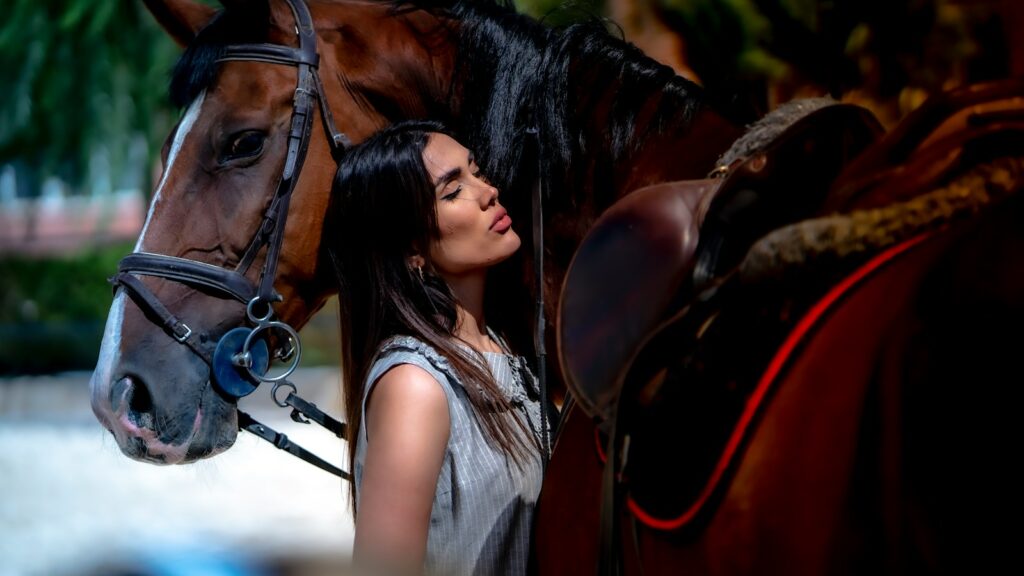
Perhaps the most significant evolution in the future of legendary horse riding comes not from technology but from shifting ethical frameworks surrounding animal partnerships. Modern equestrian philosophy increasingly emphasizes collaborative relationships over dominance-based training, fundamentally altering how we define greatness in horsemanship. Leading trainers are developing methods that prioritize the horse’s psychological well-being and natural behaviors, creating partnerships based on mutual understanding rather than compliance. This philosophical shift has spawned new competitive formats that evaluate harmony and willing participation alongside technical performance. Some forward-thinking equestrian federations have begun incorporating equine stress indicators and positive behavioral markers into scoring systems, redefining what constitutes legendary performance. The future may see competitive excellence measured not just by what horse and rider accomplish, but by how they accomplish it together.
Biomechanically Optimized Equipment and Adaptive Gear
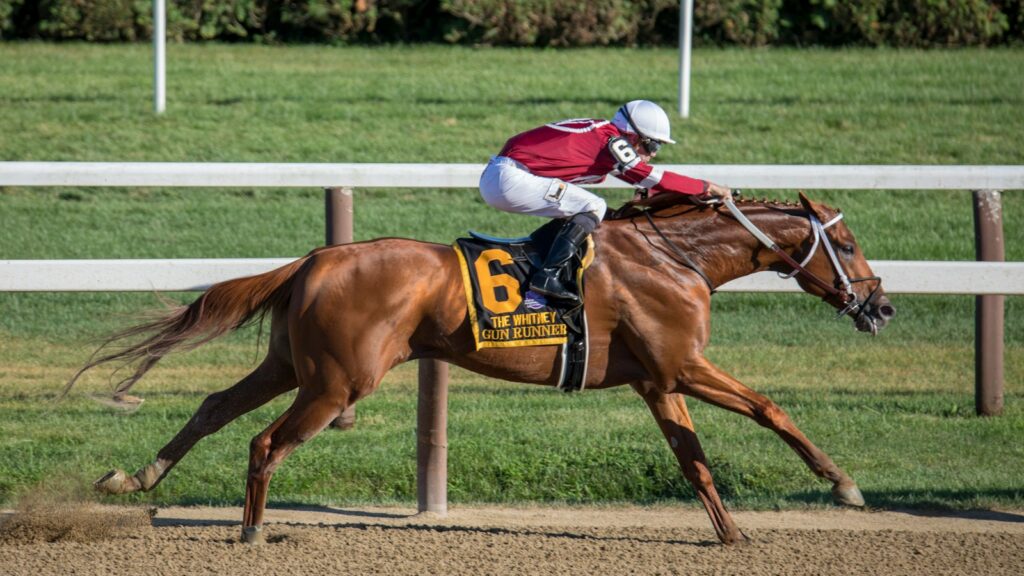
Traditional riding equipment is undergoing radical reinvention through advanced materials science and biomechanical research. Next-generation saddles incorporate dynamic weight distribution systems that automatically adjust to the horse’s movement patterns during different gaits and maneuvers, significantly reducing spinal pressure points. Innovative bridle designs utilize tension sensors and flexible materials that adapt to the horse’s facial structure and provide more nuanced communication with minimal force. Some cutting-edge equipment even incorporates responsive elements that stiffen or flex based on real-time activity, providing support during high-intensity movements while allowing natural motion during rest periods. These technological advances potentially extend peak performance careers for exceptional horses while minimizing the physical stress traditionally associated with elite-level riding.
Immersive Spectator Experiences Redefining Equestrian Sports
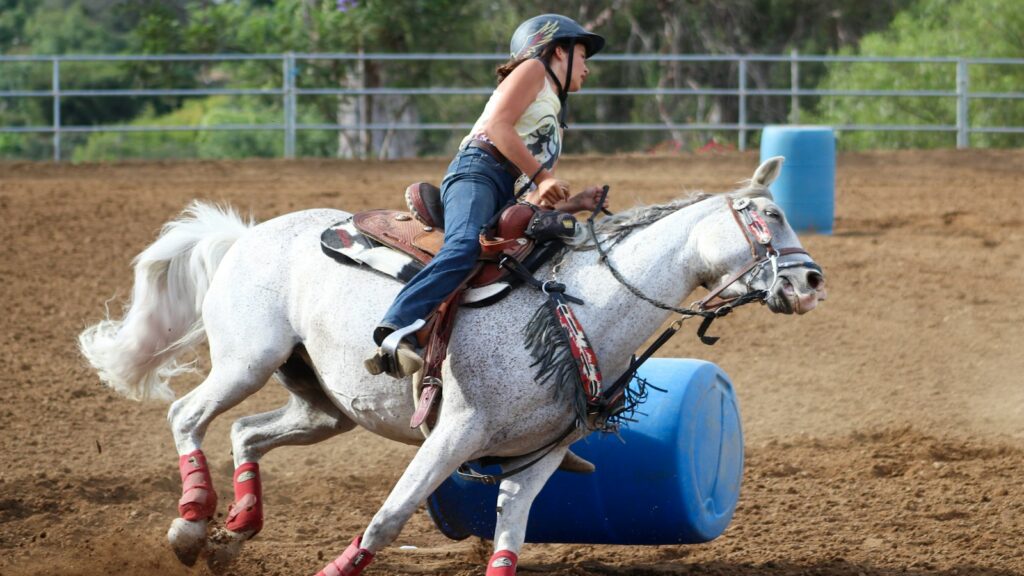
The future of legendary horse riding isn’t just about the participants—it’s also transforming how these pursuits are experienced by audiences worldwide. Emerging spectator technologies allow viewers to experience rides from the saddle perspective through helmet-mounted cameras with stabilization that captures the true feeling of movement and speed. Augmented reality overlays now display real-time data about jump heights, speeds, stride patterns, and even the horse’s heart rate, bringing new appreciation for the athletic achievements being witnessed. Some competitive events have begun experimenting with sensory suits that allow spectators to feel simulated versions of the g-forces, acceleration, and even the rhythm of hoofbeats experienced by riders. These immersive technologies are creating deeper appreciation for equestrian sports among broader audiences, potentially elevating the cultural significance of legendary performances.
Climate Adaptation in Equestrian Training and Competition
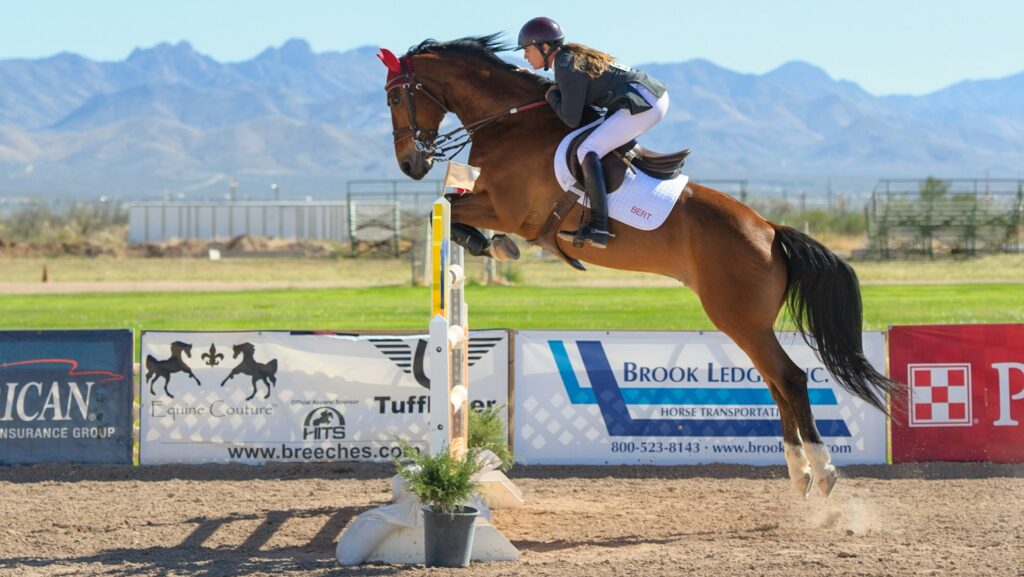
Climate change is forcing rapid evolution in how legendary horses are trained, conditioned, and competed at elite levels. Advanced climate-controlled training facilities now simulate various competition environments, allowing horses to acclimate to expected conditions months before major events. Sophisticated thermal regulation systems in competition gear can actively cool critical muscle groups during hot weather events, extending performance capability beyond natural limitations. Veterinary protocols have evolved to include specialized climate-specific nutritional programs that optimize hydration and electrolyte balance based on predictive weather modeling for competition locations. These adaptations reflect a future where legendary performances may increasingly depend on technological interventions that enable horses to perform safely in more extreme or variable conditions than ever before.
Preservation of Ancient Riding Traditions Through Technology

While innovation drives much of equestrian evolution, paradoxically, technology is also helping preserve ancient riding traditions that might otherwise be lost to history. Motion capture technology is documenting the precise techniques of master riders from traditional disciplines worldwide, creating digital archives of movements and methods that can be studied by future generations. Virtual reality recreations allow modern riders to experience historical riding styles, from Roman cavalry techniques to indigenous horsemanship traditions, in immersive environments that weren’t previously possible. Advanced linguistic analysis tools are translating and contextualizing centuries-old training texts from diverse cultures, making traditional wisdom accessible to contemporary riders seeking to understand historical foundations. These preservation efforts suggest that the future of legendary riding may involve synthesis between ancient wisdom and modern innovation rather than simply replacing tradition with technology.
Neurological Training Approaches for Elite Riders
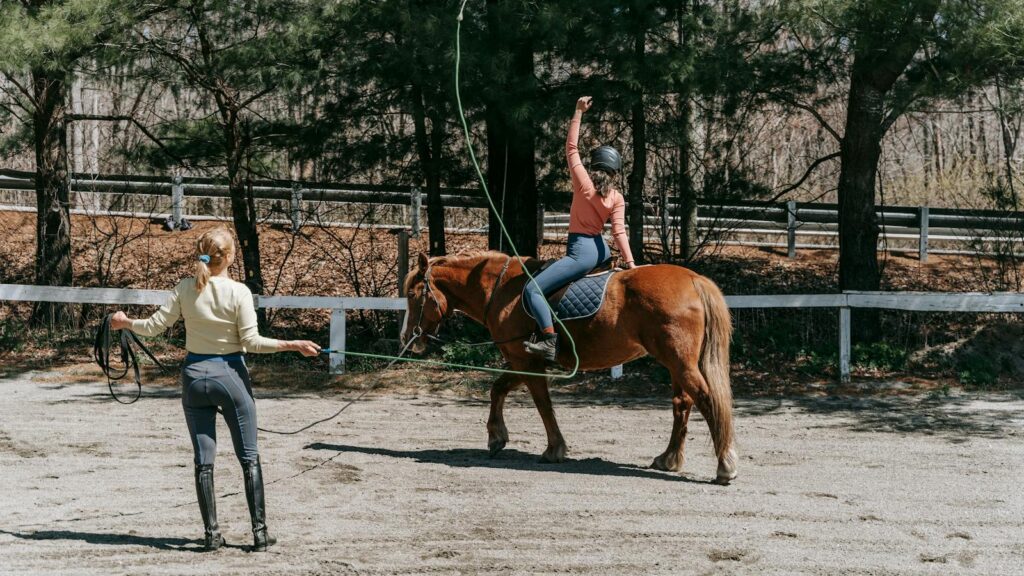
The frontier of human performance enhancement is finding applications in developing tomorrow’s legendary riders through targeted neurological training. Advanced EEG feedback systems now help riders optimize their brain wave patterns for the perfect balance of focus and relaxation required during high-pressure competition scenarios. Specialized cognitive training programs develop the specific neural pathways used in processing multisensory inputs that elite riders must manage simultaneously during complex performances. Some training centers have begun implementing transcranial stimulation techniques that accelerate motor learning and movement pattern acquisition for specific riding techniques. These neurologically-focused approaches potentially compress the traditional decade-long development timeline for exceptional riders, raising questions about how we define natural talent versus technologically enhanced capability in the future of equestrian sports.
Rehabilitation Technologies Extending Legendary Careers

Historically, even the most exceptional horses faced career limitations due to inevitable physical wear, but breakthrough rehabilitation technologies are dramatically extending the competitive lifespan of elite equine athletes. Regenerative therapies utilizing stem cells and platelet-rich plasma treatments can now repair tissue damage that was previously career-ending, allowing horses to return to peak performance. Custom orthotic supports designed through 3D mapping of individual horses’ biomechanics provide targeted structural assistance that compensates for natural aging processes or previous injuries. Advanced aquatic therapy systems with underwater treadmills and resistance jets enable intensive conditioning with minimal impact on vulnerable joints and tendons. These medical advances not only extend careers but potentially redefine what constitutes a legendary horse—perhaps shifting from brief brilliance to sustained excellence over much longer competitive lifespans.
Cross-Disciplinary Innovation Reshaping Traditional Boundaries
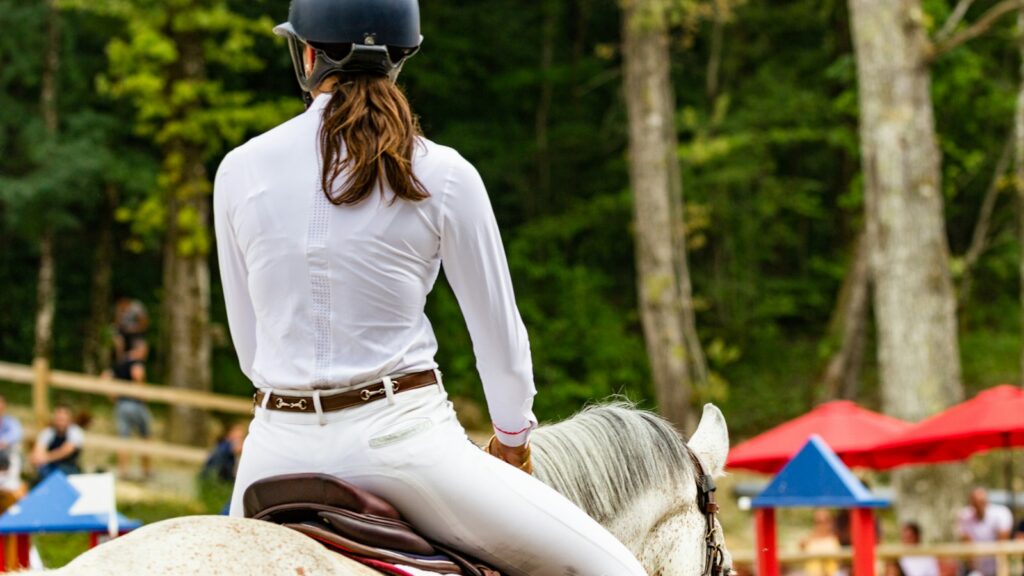
Perhaps the most exciting aspect of equestrian evolution is the cross-pollination occurring between traditionally separate disciplines, creating entirely new expressions of legendary horsemanship. Competitive events are emerging that combine elements of classical dressage precision with the athletic demands of eventing and the cultural significance of traditional riding demonstrations from various world cultures. Training approaches increasingly synthesize techniques from seemingly contradictory schools, creating hybrid methodologies that capitalize on diverse wisdom traditions while incorporating scientific validation. Some forward-thinking competitive organizations have begun hosting experimental events specifically designed to showcase innovative approaches that don’t fit neatly into established categories. This cross-disciplinary innovation suggests that tomorrow’s legendary horses and riders may be recognized not just for excellence within established traditions, but for pioneering entirely new expressions of the ancient partnership between humans and horses.
Conclusion
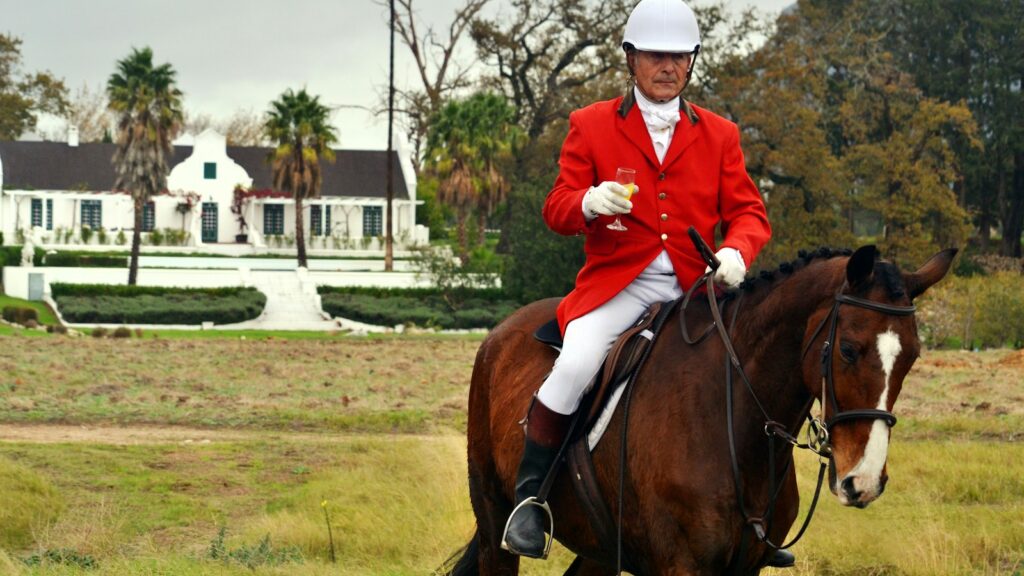
The future of legendary horse riding stands at a fascinating intersection of tradition and innovation. While technology offers unprecedented tools for enhancing performance, communication, and understanding between horse and rider, the essence of what makes equestrian pursuits meaningful remains rooted in the authentic relationship between two species working in harmony. Perhaps the most legendary aspect of future horsemanship will be finding the wisdom to incorporate technological advances without losing the soul of an ancient partnership. As we venture into this new frontier, the most exceptional horsemen and horsewomen may be those who leverage these new capabilities while maintaining deep respect for the natural intelligence and spirit of the horse—creating legends not just of achievement, but of ethical partnership that honors both human ingenuity and equine nobility.

